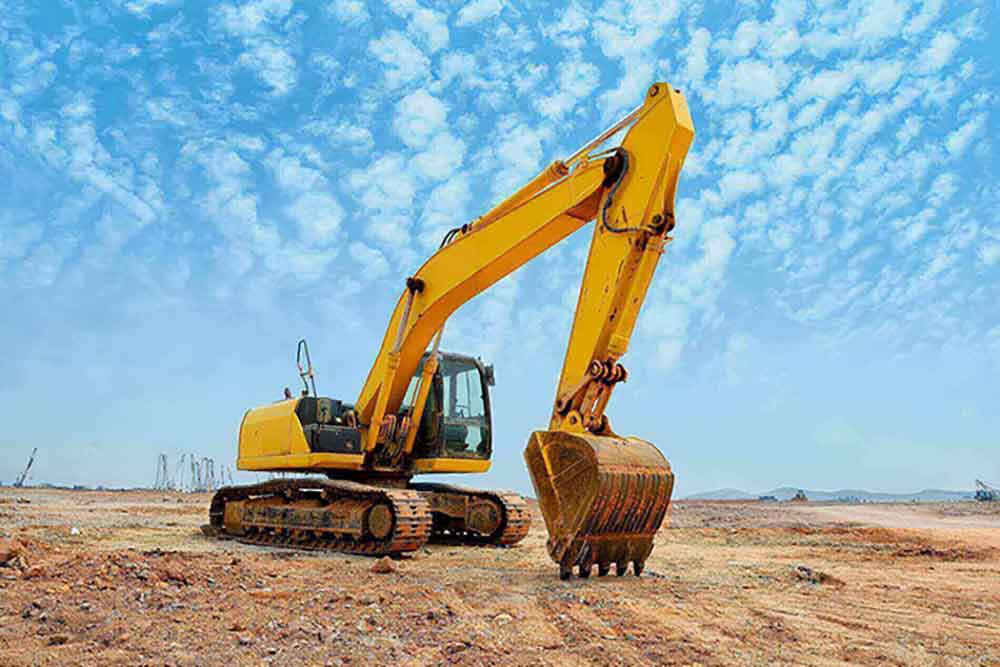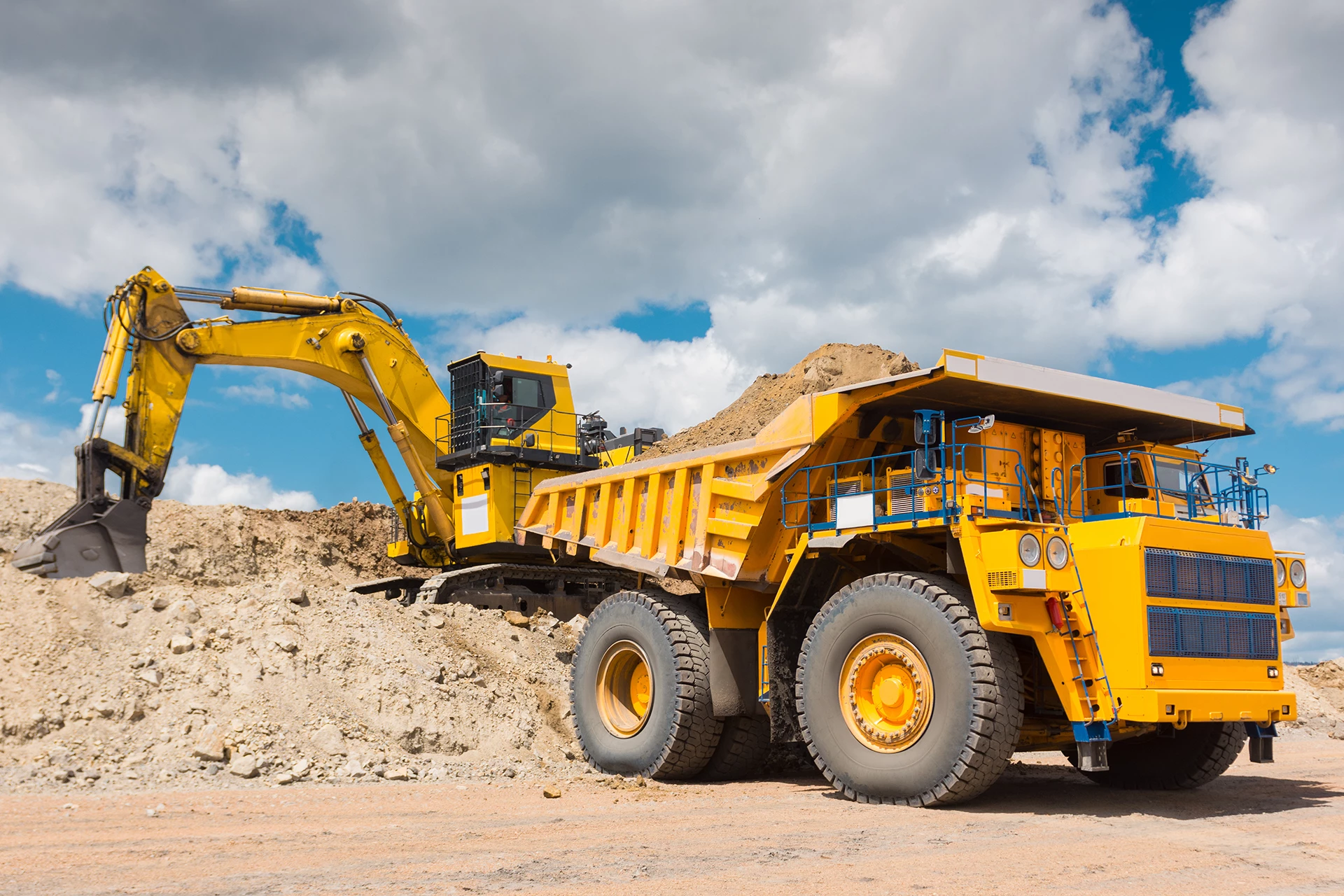Top Equipment Rental Company for All Your Needs
Top Equipment Rental Company for All Your Needs
Blog Article
Leasing Vs. Purchasing Building And Construction Devices: Making the Right Selection for Your Job
When getting started on a construction project, one of the essential decisions that predict supervisors and stakeholders deal with is whether to lease or purchase building tools. The decision pivots on various elements such as expense factors to consider, project duration, tools maintenance, threat, scalability, and flexibility administration.
Price Considerations
When examining the financial facet of leasing versus buying construction tools, the long-lasting expenditures and upfront prices have to be carefully thought about. Renting devices frequently needs lower preliminary payments contrasted to buying, making it an eye-catching choice for short-term projects or service providers with budget plan restraints. Leasing eliminates the demand for large capital expenses and reduces the economic risk associated with tools possession, such as upkeep and devaluation expenses. Nonetheless, over time, continuously leasing equipment can build up higher costs than buying, especially for prolonged projects.
On the other hand, purchasing construction tools involves higher in advance prices but can result in lasting financial savings, particularly for constant customers or long-term projects. Possessing tools gives flexibility, convenience, and the possibility for resale value once the job is completed. Additionally, owning tools permits for customization and experience with particular machinery, potentially raising efficiency and productivity on-site. Inevitably, the decision between acquiring and renting out building and construction equipment depends upon the project's period, regularity of usage, budget plan factors to consider, and long-term financial goals.
Task Period

Conversely, for lasting jobs or ongoing construction work, acquiring tools could be the a lot more cost-effective option. Investing in tools can result in set you back savings in the lengthy run, particularly if the devices will certainly be regularly utilized. Additionally, owning tools gives a feeling of control over its schedule and enables for personalization to fit specific task demands.

Tools Upkeep
Offered the important duty project period plays in establishing one of the most cost-efficient method between renting and buying construction devices, the emphasis now shifts towards analyzing the necessary aspect of equipment upkeep. Correct maintenance is critical for making certain the optimal performance and long life of construction tools. Renting out equipment typically includes the benefit of having actually well-maintained equipment offered by the rental firm. This can relieve the worry of maintenance tasks from the task owner or contractor, conserving time and initiative. On the various other hand, possessing devices calls for a positive method to maintenance to avoid failures, make sure security, and extend the tools's life expectancy. Regular inspections, servicing, and prompt repairs are required to keep owned and operated devices in top working problem. Consider maintenance costs when making a decision in between renting and acquiring, as overlooking maintenance can result in expensive repair work, downtime, and job delays. Eventually, a well-maintained building and construction tools fleet, whether leased or had, is necessary for the reliable and effective conclusion of building projects.
Versatility and Scalability
In the world of building and construction equipment administration, the facet of adaptability and scalability holds significant significance for task efficiency and source usage. Opting to rent out construction equipment offers a high degree of adaptability as it permits for the quick adjustment of equipment kinds and amounts based on the evolving demands of a task.
Furthermore, scalability, one more essential factor, is inherently connected to adaptability. Leasing building equipment provides the benefit of quickly scaling procedures up or down as project demands change. Professionals can promptly exchange or add tools to match the task's altering demands without the restraints of owning assets that may end up being underutilized or out-of-date. This capability to range resources efficiently can lead to cost savings and enhanced job timelines, making leasing a positive alternative for projects requiring versatility and receptive source allocation.
Danger Management
Reliable threat monitoring in building and construction devices operations is vital to guaranteeing task success and mitigating prospective financial losses. Building tasks naturally involve different dangers, such as devices malfunctions, mishaps, and project delays, which can substantially influence the task timeline and budget plan. By very carefully considering the risks related to owning or leasing building equipment, job supervisors can make educated decisions to decrease these prospective threats.
Leasing building tools can provide a degree of threat reduction by transferring the duty of repair and maintenance to the rental business. This can lower the economic concern on the task owner in situation of unexpected tools failings (forklift rental). Furthermore, leasing supplies the flexibility to access customized devices for particular job stages, minimizing the threat of possessing underutilized equipment
On the various other hand, possessing construction devices offers a sense of control over its use and maintenance. Nevertheless, this also indicates bearing the full duty for repair work, upkeep costs, and depreciation, boosting the monetary dangers related to tools ownership. Careful danger analysis and consideration of aspects such as project duration, equipment use, and upkeep requirements are crucial in determining the most appropriate option for effective risk administration in building jobs.
Final Thought
In verdict, when choosing in between renting out and buying building and construction tools, it is essential to consider moved here cost, task period, tools upkeep, adaptability, see here danger, and scalability monitoring. Each variable plays a critical function in figuring out one of the most suitable option for the project handy. By carefully reviewing these facets, task managers can make an enlightened decision that lines up with their budget plan, timeline, and total job objectives.

Report this page